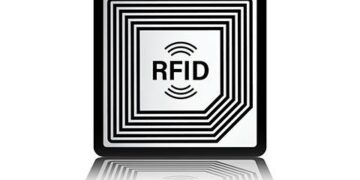National Museum of American History Collaborates With The Catholic University of America on Hands-On Construction of Geodesic Dome Inside the Museum
WEBWIRE – Monday, July 3, 2023
With hurricane season underway, the Smithsonian’s National Museum of American History is partnering with The Catholic University’s School of Architecture and Planning to recreate North America’s first large-span, self-supporting geodesic dome to illustrate the significance of dome architecture in an age of extreme weather. By the nature of their geometry, geodesic domes can support more load and have higher wind resistance than any other shelters of comparable size and weight.
The exhibition, “Reconstructing ‘Weatherbreak’: Geodesic Domes in an Age of Extreme Weather,” features a three-day hands-on build beginning July 5 as part of the exhibit in the museum’s Flag Hall. It is on view through July 27.
Inspired by the theories of inventor and futurist Buckminster Fuller, architect Jeffrey Lindsay designed Weatherbreak as a lightweight, stable structure that could resist extreme environmental impacts. This geodesic dome was first built in the winter of 1950 in Montreal and was designed to withstand snow and winds up to 200 miles per hour. It was later reconstructed in the early 1960s in the Hollywood Hills as a mid-century modern home for architect Bernard Judge. Coined the “Bubble House” by the Los Angeles Times, the dome home was covered with transparent Mylar and shaded by white glass-reinforced neoprene with a silver coating to better reflect the sun. The geodesic dome came to the Smithsonian in the early 1970s, and this will be the first time in more than 50 years that the structure is reassembled and the first time on exhibit inside the museum.
The dome will be built on-site by museum staff and Catholic University architecture students and faculty July 5–7, and the public will be able to walk beneath the lattice framework once it is fully assembled. Made of over 1,000 aluminum struts and sprits, it will stand 25 feet high and span 49 feet wide, inviting visitors to explore its history and future role in an era of climate change.
“Weatherbreak was the first large-span geodesic dome built in North America and the first dome home in the world,” said Abeer Saha, Merrill Family Secretarial Scholar and Curator in the museum’s Division of Work and Industry. “Decades later, the nation and planet are focused on sustainability as it relates to climate change. This living exhibition adds to such urgent dialogue by reconstructing and contextualizing the dome for contemporary audiences in an age of extreme weather.”
“We are proud to partner with the Smithsonian’s National Museum of American History on this groundbreaking project,” said Peter K. Kilpatrick, the president of The Catholic University of America. “This collaboration not only showcases the expertise of our students, but also fosters a critical conversation about the utility of geodesic domes in the face of extreme weather challenges.”
The month-long exhibition allows visitors to experience one of the most significant architectural innovations of the 20th century and contemplate how history can inform today’s search for sustainable shelters in an era of climate change. Today, millions of people around the world are displaced annually by extreme weather events, and mega storms such as Hurricanes Katrina (2005), Maria (2017) and Ian (2022) have shown how communities can be severely affected.
Students working on this once-in-a-lifetime, hands-on project to study, fabricate and rebuild the dome are part of an architecture studies class under the direction of Tonya Ohnstad, assistant professor of architecture at Catholic University, and faculty member Lorenzo Cardim DeAlmeida. With no instruction manual to guide the reconstruction, the project team has had to build models and work with partners to reconstruct missing or damaged parts to reassemble Weatherbreak.
Sections of Weatherbreak, including the bottom support rungs and the top of the dome, will be reconstructed using replica parts. The museum will retain some of these replica parts, and Catholic University will have a full set of replica components for future teaching purposes.
The Weatherbreak reconstruction and companion exhibition are made possible through the collaboration of the museum with Catholic University and the support and in-kind contributions of faculty and students of Washington University in St. Louis under the leadership of professor Wyly Brown; Architectural Systems Inc., which fabricated missing components; Norsk Hydro, which donated the material for the parts; DSI Spaceframes; and Consigli Construction Co. Inc.
Through incomparable collections, rigorous research and dynamic public outreach, the National Museum of American History seeks to empower people to create a more just and compassionate future by examining, preserving and sharing the complexity of our past. The museum, located on Constitution Avenue N.W., between 12th and 14th streets, is open daily except Dec. 25, between 10 a.m. and 5:30 p.m. Admission is free. The doors of the museum are always open online and the virtual museum continues to expand its offerings, including online exhibitions, PK–12 educational materials and programs. The public can follow the museum on social media on Twitter, Instagram and Facebook. For more information, go to https://americanhistory.si.edu. For Smithsonian information, the public may call (202) 633-1000.
The Catholic University of America is the national university of the Catholic Church and the only higher education institution founded by the U.S. bishops. Established in 1887 as a papally chartered graduate and research center, the university comprises 12 schools and 31 research facilities and is home to 2,929 undergraduate and 2,130 graduate students.
( Press Release Image: https://photos.webwire.com/prmedia/7/307457/307457-1.jpg )
WebWireID307457
This news content was configured by WebWire editorial staff. Linking is permitted.
News Release Distribution and Press Release Distribution Services Provided by WebWire.
>>> Read full article>>>
Copyright for syndicated content belongs to the linked Source : WebWire – https://www.webwire.com/ViewPressRel.asp?aId=307457

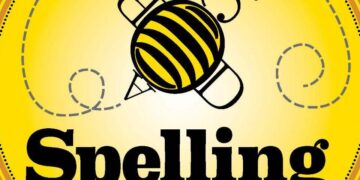
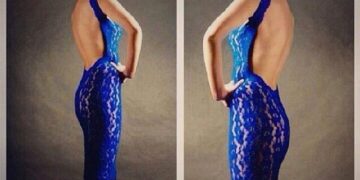

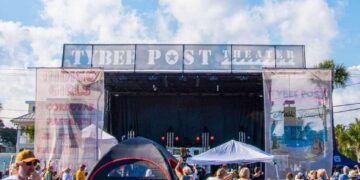
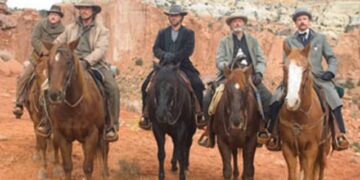
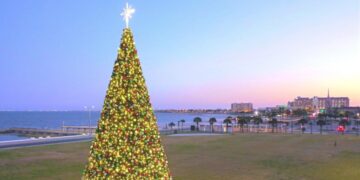








![[News] China Makes Breakthrough in Chip Technology, Paving the Way for Lithography Advancements – TrendForce](https://earth-news.info/wp-content/uploads/2025/11/324664-news-china-makes-breakthrough-in-chip-technology-paving-the-way-for-lithography-advancements-trendforce-360x180.jpg)
